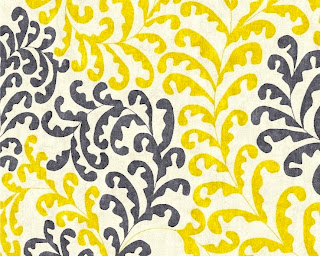



Siapo, also known as tapa, is one of the oldest Samoan cultural art forms. For centuries Siapo has been passed from generation to generation. Even so, it has fast become a nearly extinct art form. Siapo is not only a decorative art, it is a symbol of Samoan culture. It's uses include clothing, burial shrouds, bed covers, ceremonial garments and much more.
The canvas of Siapo is the bark of the Paper Mulberry Tree. This cloth is known as u'a. The process of preparing the u'a includes harvesting, stripping, separating, scraping and beating. Ideally the paper mulberry tree stalk is harvested when it is about ten to fourteen months old or approximately one to two inches in diameter. The bark is then stripped and separated with a sharp knife. Once the outer bark is removed, the bast or inner part is placed in a bowl of fresh clean water to keep it moist. The next step is scraping, which removes the remaining bits of bark and green growth from the bast and softens and spreads the fibers. To insure proper scraping, three different clam shells are used. Each shell has a different degree of courseness. The three types of clam shells are pipi, pae, and 'asi. A wooden beater know as an i'e and a wooden anvil known as tutua are used in the beating process. The i'e is square in shape with two smooth sides and two grooved sides. These tools help to widen the u'a while it is beaten. The tutua is a single solid log cut about three feet long to be used by one person, or six feet long to be used by two or three people when beating the u'a. The top is eight inches wide and flat, with slightly rounded edges. Once the process is complete, the u'a is laid out to dry.
The design elements or symbols used in Siapo are reflections of things in the Samoan environment.
The art of Siapo continues to evolve and will hopefully survive and grow through the interest and support of its patrons. In an effort to support this amazing art form we are working on several new rug designs that pay respect to this ancient art form.
Above is a sneak peek of what we’re up to.
Enjoy.


